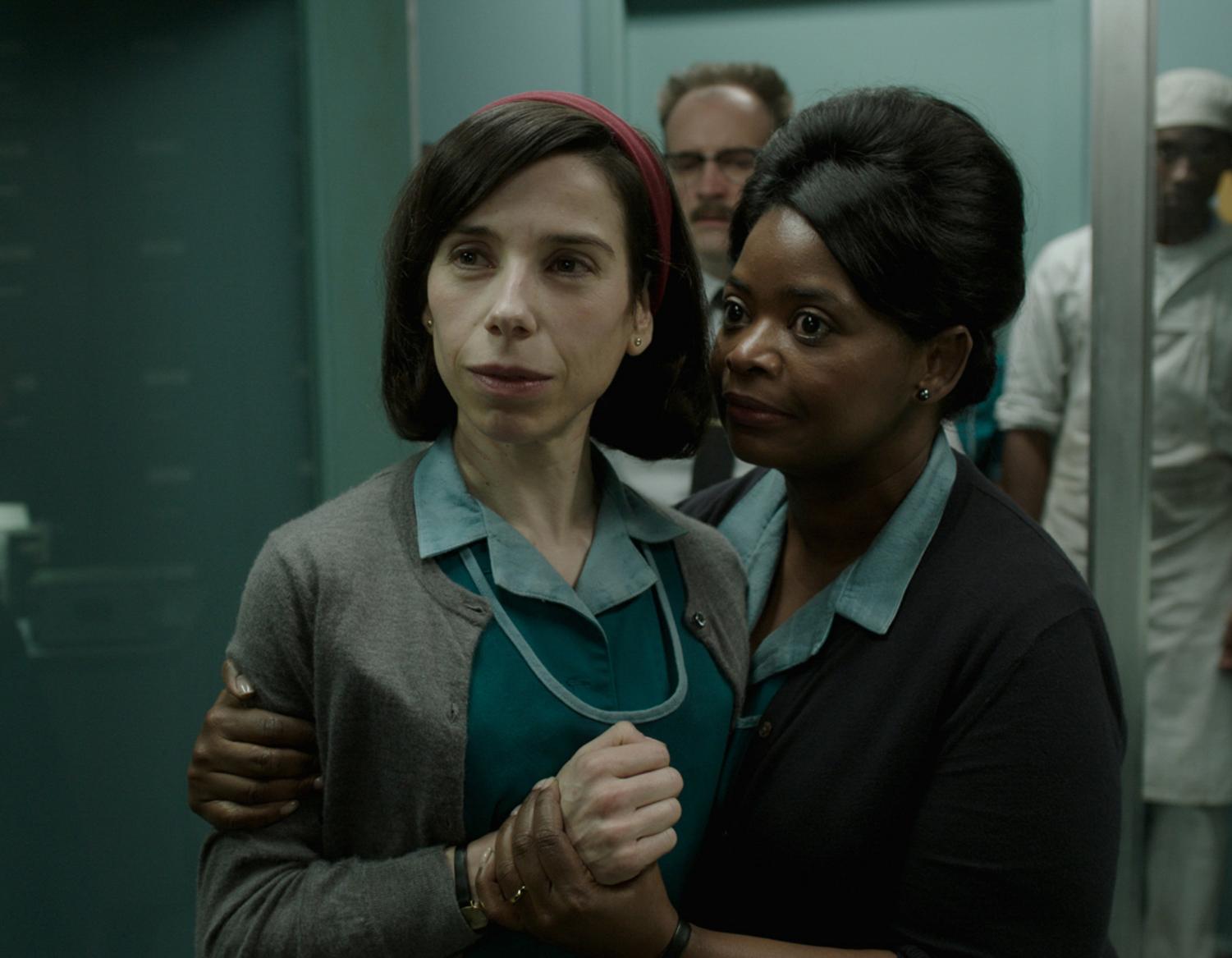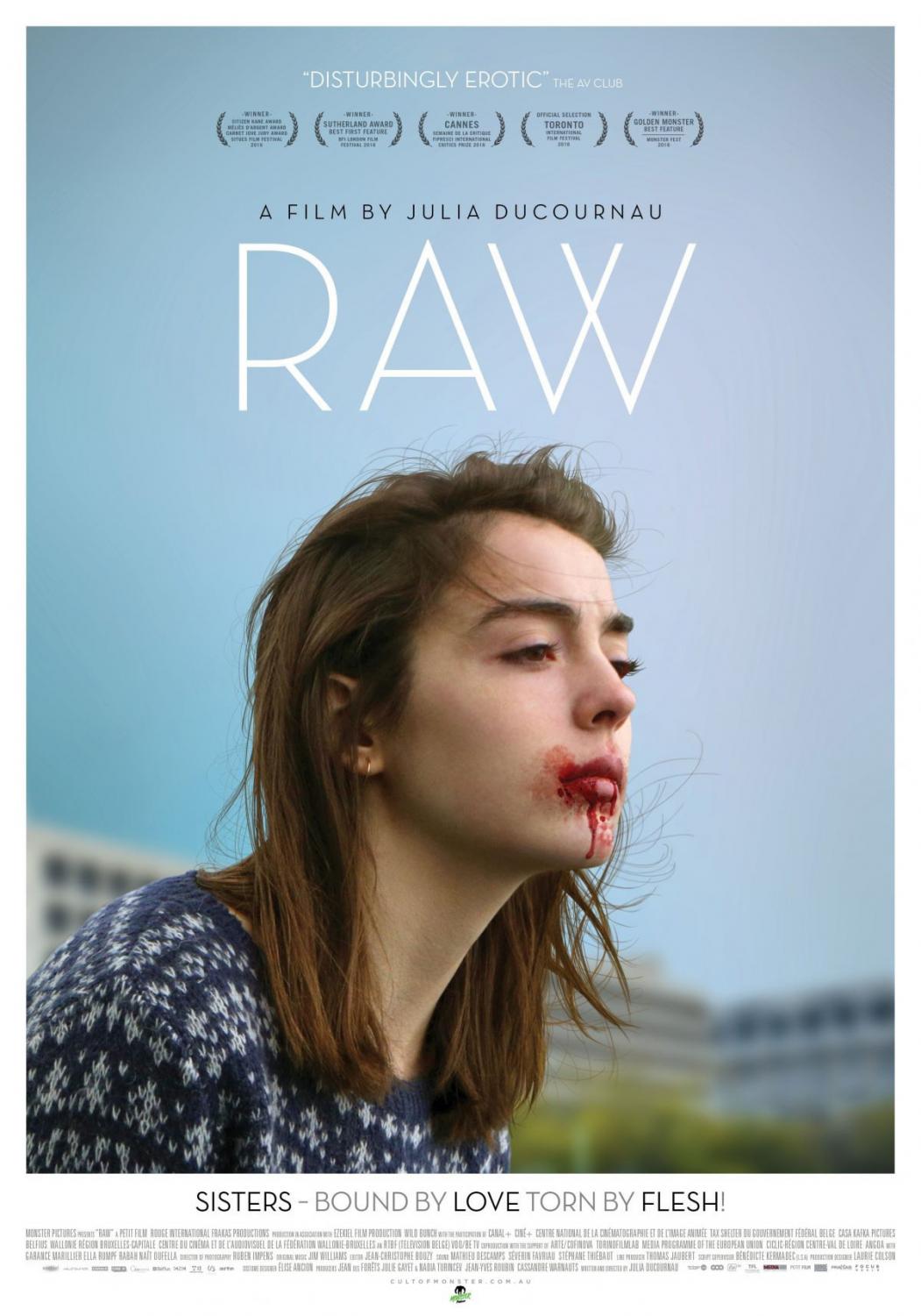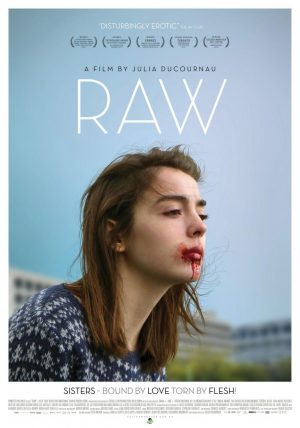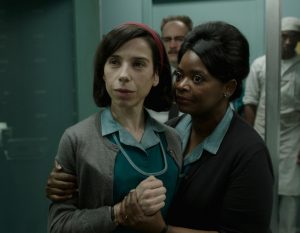NI film critic’s top movies of 2017
Jan 11, 2018
2017 was a truly raucous year. The American people’s mettle was tested by unpredictable and impulsive leadership, continued clashes tied to the racial divide and a wave of sexual misconduct allegations that poured endlessly out of Hollywood.
And yet, through it all, we went to the movies.
Given the kind of year we all endured, it’s no wonder that we decided to engage in what may be the purest form of escapism America has ever created: the cinema.
In the past 12 months, we’ve escaped into the silver screen to comb the war-torn beaches of Christopher Nolan’s “Dunkirk,” explore the alien planets of Rian Johnson’s “Star Wars: The Last Jedi” and even venture inside the inscrutable psyche of a creative madman in James Franco’s “The Disaster Artist.”
And that’s just scratching the surface with regard to the many great films that graced our local multiplexes this past year. So, while keeping in mind the countless gems I was forced to leave off the following list, I present to you what I consider to be the top five films of 2017.
5. “Blade Runner 2049”
Much like the original “Blade Runner,” Denis Villeneuve’s long-awaited successor to Ridley Scott’s 1982 science fiction magnum opus is sure to be remembered as a criminally overlooked and endlessly rewarding work of unparalleled cinematic profundity.
Set exactly 30 years after the events of the first film, “Blade Runner 2049” stars Ryan Gosling as K, a replicant blade runner who stumbles upon a shocking discovery that ultimately leads him to the long lost Rick Deckard (Harrison Ford).
Despite boasting a scope similar to that of the year’s most crowd-pleasing blockbusters, Villeneuve’s take on Scott’s neon-infused dystopia is at once epic and poetic. Indeed, the film’s methodical pacing and melancholic atmosphere permeates the film’s labyrinthine plot — culminating in a deeply moving and lyrical exploration into our own humanity.
Thanks to some of the most visually striking cinematography of the year, as well as a heartbreakingly human story at its core, “Blade Runner 2049” is one of those rare sequels that serves as a fitting tribute to an already iconic film, as well as a necessary expansion of the original movie.
4. “A Ghost Story”
What may be the most wholly original and emotionally pulverizing film of the year features little more than Casey Affleck, fresh off his Academy Award winning performance in 2016’s “Manchester by the Sea,” wandering despondently through an abandoned house while draped in a white sheet.
“A Ghost Story,” directed by David Lowery, follows C (Affleck), a recently deceased musician, as he helplessly watches over his grieving wife M (Rooney Mara). An extreme exercise in minimalism, “A Ghost Story” is one of the quietest and most leisurely paced films of the year.
Lowery’s patient pacing does serve a purpose, however, as the film’s careful rhythms ultimately supplant our conception of time and space with that of the titular ghost.
This unique temporal framework allows Lowery to freely explore grand concepts related to our cosmological place in the universe — all the while centering his film on the seemingly inconsequential lives of an unnamed couple.
At times both immensely transcendent and intensely intimate, “A Ghost Story” operates as a haunting and heartbreaking meditation on our own mortality and what it means to love.
3. “Lady Bird”
“Lady Bird,” Greta Gerwig’s solo directorial debut, is both an incredibly charming and surprisingly moving coming-of-age tale that focuses on the struggles of adolescence and all the messy familial drama that comes with it.
The film revolves around Christine “Lady Bird” McPherson (Saoirse Ronan), a high school senior who aspires to leave her Sacramento home to attend college in New York amidst a turbulent relationship with her mother (Laurie Metcalf).
Now, I can’t emphasize enough the terrific performances both Ronan and Metcalf put forth here — resulting in fully developed characters whose emotions are sure to ring true for even the most callous viewer.
Indeed, what really sets “Lady Bird” apart from other coming-of-age dramas is its ability to resonate with audience members. Gerwig clearly took inspiration from her own life experiences when writing “Lady Bird,” and this self-reflexive approach is evident in the ways in which Gerwig presents her titular character.
By deftly blending humor with painfully vulnerable moments of self-doubt, Gerwig greatly succeeds in crafting a thoughtful and thoroughly enjoyable treatise on the complexities of youth that is just as autobiographical as it is universal.
2. “The Shape of Water”
Despite being one of the least conventional love stories of the past year, Guillermo del Toro’s “The Shape of Water” may, in fact, be the most emotionally affecting.
The film, which is set in 1962 at the height of the Cold War, follows Elisa Esposito (Sally Hawkins), a mute custodian at a research facility who falls in love with an amphibious man (Doug Jones), referred to only as “The Asset” by the high-ranking government officials who captured him.
Taken at face value, the fantastical and outright bizarre implications that arise out of a movie like “The Shape of Water” could certainly cause some moviegoers to roll their eyes.
However, the care with which del Toro constructs his narrative and — most importantly — shapes his protagonist ultimately results in a stirring romantic drama that redefines what it means to love and be loved.
In addition to the film’s thematic and narrative depth, it should also be noted that “The Shape of Water” benefits from some of the most visually striking set design, cinematography and editing of the year — evidence, to be sure, that del Toro’s narrative power may only be matched by his technical mastery.
1.“Raw”
There are many words one can use to describe Julia Ducournau’s inimitable masterwork: shocking, unnerving, unforgettable. However, attempting to encapsulate the dangerous and erotic world of “Raw” would be an injustice to the film’s incredible vision and artistry.
Serving as both a horror film and a coming-of-age story, “Raw” centers on lifelong vegetarian Justine (Garance Marillier) as she starts veterinary school and is almost immediately forced into a hazing ritual that irrevocably changes her life.
Under Ducournau’s bold direction, “Raw” features some of the most provocative and startling imagery of any movie made this decade. And yet, the film’s true horror isn’t so much in its recognizable genre trappings, but in the quiet moments of college-age uncertainty and unpredictability that characterize Justine’s experiences.
In the end, “Raw” is sure to move, confound, terrify and, ultimately, change you. Without a doubt, much of the film’s power can be attributed to Ducournau’s willingness to embrace and expand upon certain horror tropes as she tells this refreshingly unusual coming-of-age tale.
But more than anything, “Raw” is the best movie of the year because of its unmatched visceral power, thematic complexity and unbridled originality.












